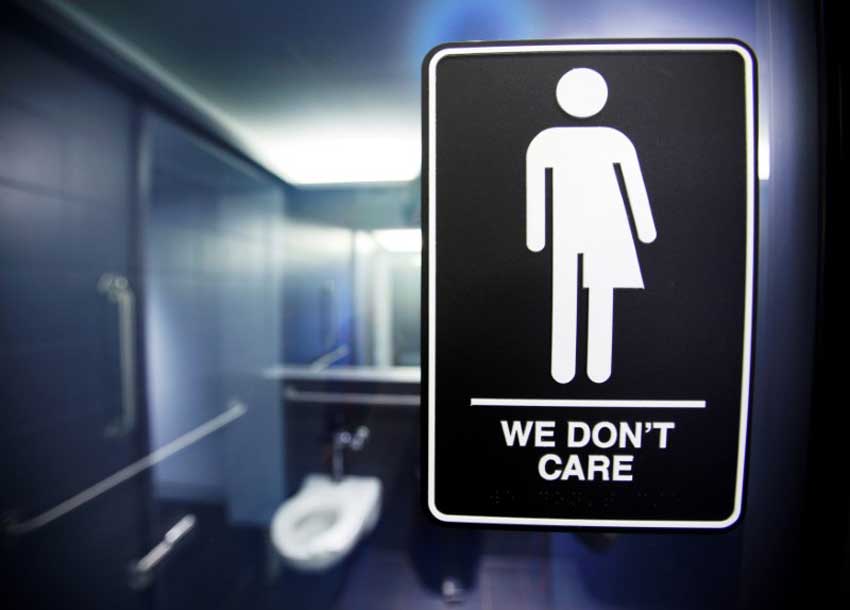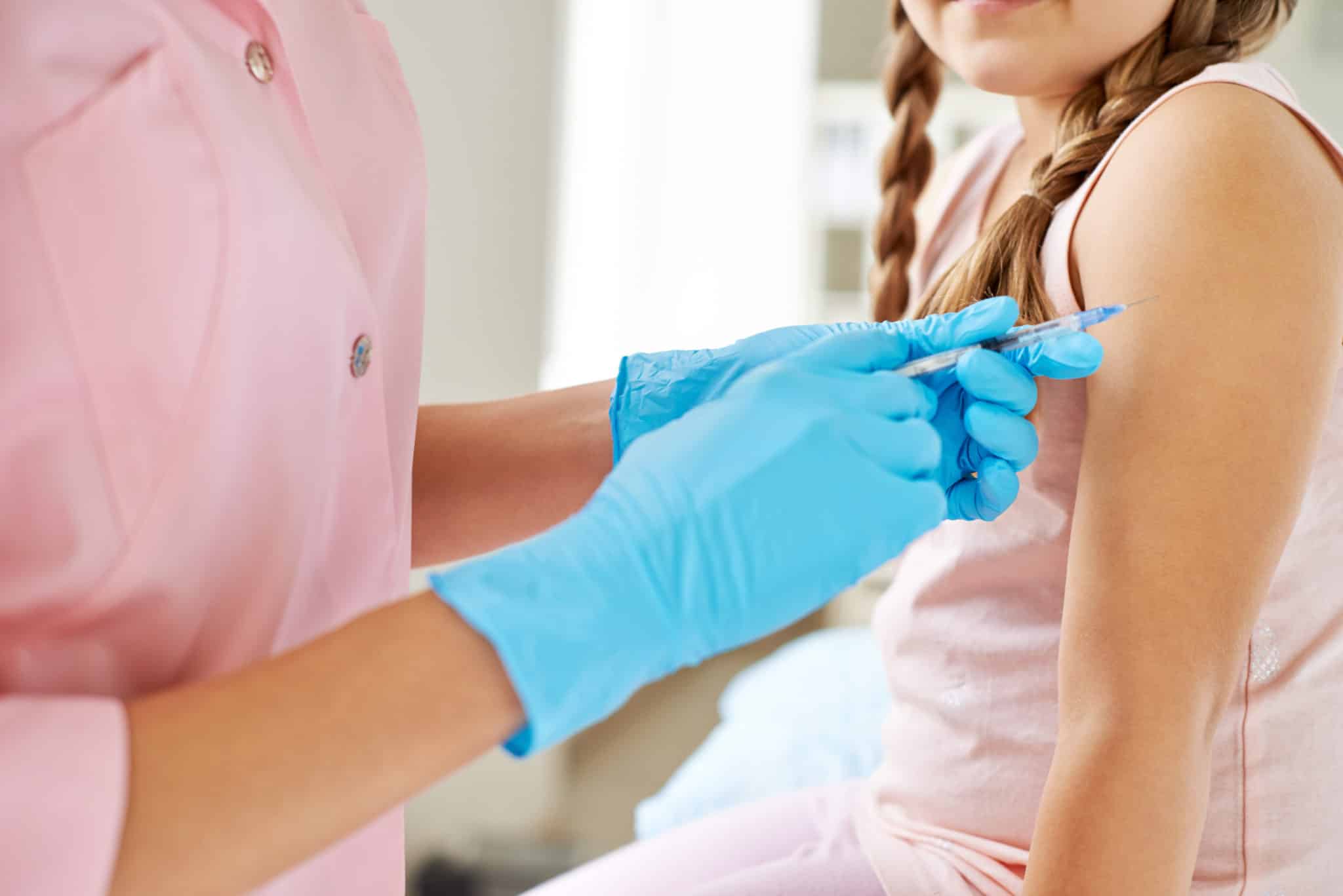
Dear Father, My daughter is in fifth class in a state school and she came home telling me that a boy in her class now wants to be a girl and the school allows her to wear the girls’ uniform and to use the girls’ toilets. My daughter is very upset and so am I. What should I think about this?
Unfortunately, this is an increasingly common phenomenon in schools. It was exceedingly rare until recent years, when the theory of gender fluidity suddenly burst into the public domain. I wrote extensively about this topic in my recent book Question Time 5, questions 690-697.
The percentage of transgender people in the most liberal and accepting parts of the world is very low, estimated to be somewhere between 0.1 and 0.5 per cent of the population. This is based on a very broad definition of transgender, which includes cross-dressers, gender-fluid persons, etc.
One possible reason for the increase in the number of children suffering from gender dysphoria – where a child believes he or she is of the opposite sex to that of their birth – is the popularity of programs like Safe Schools, which are designed to promote sexual and gender diversity and the theory of gender fluidity. When a school actually supports and even celebrates children transitioning from one gender to another, it is only natural to expect that the numbers will increase. This is not healthy, for a number of reasons.
“Children in grades four, five and six do not have the cognitive development to be held criminally responsible for their actions.”
First, children, especially in primary school, are not old enough to make decisions which will so radically affect their future well-being. It is ironic that there is currently a debate about raising the age of criminal responsibility from 10 to 14 for this very reason.
A research paper by the Australia Institute in July 2020 includes statements like the following: “The medical evidence is that the brains of young children are not sufficiently developed for them to be held criminally responsible … Higher function, like planning, reasoning, judgement and impulse control, is only fully developed in a person’s third decade (their 20s) … Children in grades four, five and six do not have the cognitive development to be held criminally responsible for their actions.”
Why can’t we apply sound reasoning like this to children’s judgment in wanting to transition in their gender, which affects their future far more fundamentally than does committing a crime and being held in a detention centre?

Second, according to the Diagnostic and Statistical Manual (DSM-5) of the American Psychiatric Association, as many as 98 per cent of gender-dysphoric boys and 88 per cent of girls will accept their biological sex by late adolescence. To encourage them to change their gender when they are young would thus make it harder for them to accept their biological sex later.
Third, a report by the American College of Pediatricians in June 2017 says that the effects of taking cross-sex hormones (testosterone and oestrogen) and sex reassignment surgery to aid gender transition can be severe.
he rate of suicide in Swedish adults who used these means was nearly 20 times higher than in the rest of the population and 62 per cent of male-to female transgender persons and 55 per cent of female-to-male persons suffered from depression, much higher than in the rest of the population.
In the US, a survey conducted by the National Gay and Lesbian Task Force and National Center for Transgender Equality found that 41 per cent of transgender persons had attempted suicide, vastly exceeding the 4.6 per cent in the overall US population.
“To give these treatments to children who are too young to give valid informed consent, is nothing short of child abuse.”
Fourth, pre-pubescent children with gender dysphoria will often be given puberty blockers and they will require cross-sex hormones in later adolescence to continue to live in accordance with the opposite gender. As a result they may become sterile and never able to conceive any genetically-related children even via artificial reproductive technology.
What is more, cross-sex hormones are associated with such dangerous health risks as cardiac disease, high blood pressure, blood clots, stroke, diabetes and cancer. To give these treatments to children who are too young to give valid informed consent, is nothing short of child abuse.
What these children needs is counselling and psychological or psychiatric help, not encouragement to change their sex.
If a child is suffering from anorexia or depression, we don’t encourage them to eat less or end their life, and we shouldn’t encourage someone suffering from gender dysphoria to change their sex, but rather counsel them to accept it.
Related:
